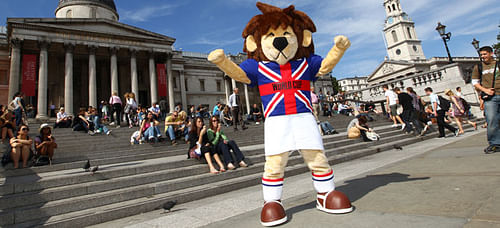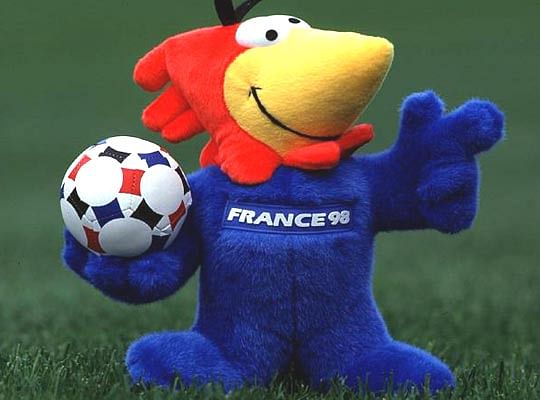
Famous World Cup mascots
Here, we will take a look at some of the famous World Cup mascots. Football has always been a sport which is revered and followed around the globe. May it be followed in varied leagues or international competitions, it always has an ardent fan following in the world. But a competition which reflects intensity, passion and a country’s honour, among other things, is the FIFA World Cup.
Initiated in 1930, the FIFA World Cup has been an event for the cameras as well as the football fanatics due to the humungous extravaganza that it brings with itself. It was marred by the Second World War and couldn’t be held in 1942 and 1946. But there were few international sporting events where fans could cheer for their nation as animatedly as the World Cup and, therefore, the World Cup came back with a bang and still continues to be one of those rare sporting events for which the world waits with bated breath. And it’s not just the football and the colours that make it so. A huge part is also played by the mascots of every tournament. Mascots are basically defined as people who bring good luck in certain competitions or organizations. In World Cups, they bring a certain sense of excitement. Providing an extra impetus to the home nation, the mascots provide an additional source of entertainment and also act as a symbol for the competition. So, let’s go through some of these fascinating mascots who have been instrumental in remembering certain World Cups.
5. Footix, France ‘98
The rooster is the national symbol of France and, thus, they decided to make it as the symbol of their tournament, too. The mascot was created by Fabrice Pialot who is a musician and a graphic designer. As the national team’s shirt was blue, the mascot was also painted in the same fashion. The name of the mascot was coined in a very unique way as they inferred half the name (foot) from football and the other half (ix) was based on the stereotype of the Gauls with characters like Asterix being one of them. Footix became an extremely controversial mascot due to it’s inconsistent appearances during the World Cup. But it’s meaning developed into one that depicted passionate craze of following your nation even if one doesn’t follow the game. This garnered the importance and uniqueness for this mascot, which was even strengthened by the fact that France defeated heavyweight Brazil to win the World Cup that year.
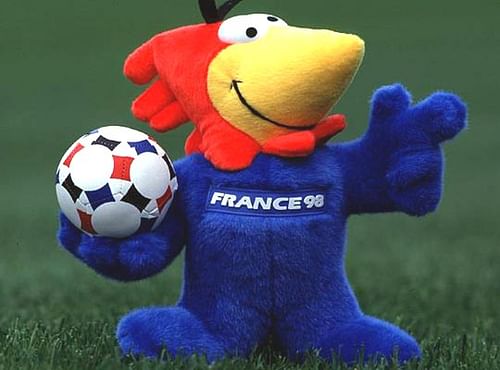
4. Naranjito, Spain ‘82
Usually, World Cups have involved mascots which are based on living creatures like animals and human beings. But Spain came up with an innovative idea to make a fruit as a mascot for their edition of the event. Being one of the most popular fruits in Spain, an orange was designed wearing the Spanish kit and was an immediate success among the country’s fans. The name came from the Spanish word naranja meaning orange and a small suffix, -ito, to give a definite finish to the name. Wearing a huge smile on it’s face, it portrayed a feeling of grace without any encouragement to sly tactics in the game.
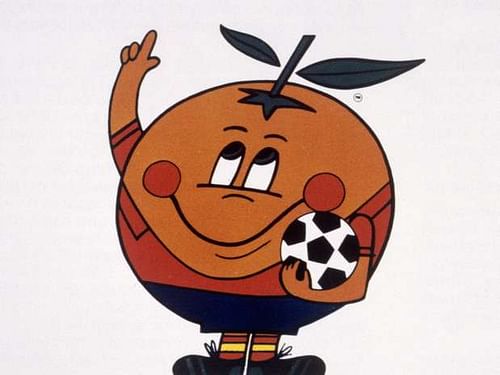
3. Ciao, Italy ‘90
This was another intuitive and intriguing mascot as it was completely different from the designs of other mascots in theme and, subsequently, in nature. Becoming just the second nation to host the World Cup twice after Spain. Italy came up with a mascot of a stick football player donning the colours of the nation. It also had a football as a head. Simplicity at it’s best. In Italian, Ciao means a form of greeting which can either be “goodbye” or “hello”. The mascot also inspired the team to put up some great performances in the competition, finishing third.
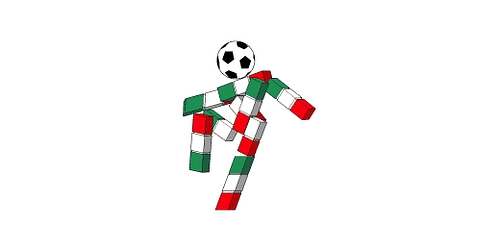
2. The Spheriks, South Korea and Japan, 2002
Critics may argue that these mascots should not be situated so high in the pecking order but , due to the performances of the home nations and the technology associated with these mascots, the Spheriks are ranked at this position in the list. Symbolizing computer-generated graphics at their best, the Spheriks included two players, Kaz and Nik, and their coach Ato. They were designed to be the players of a fictional sport called “Atomball”. These three names were selected from a shortlist of names provided by Internet users and customers at Mcdonald’s outlets worldwide. These mascots inspired one of their home nations, South Korea, to reach the semi-finals of the tournament becoming the first nation to achieve this feat. An impressive stint by the nation whom many considered as minnows.
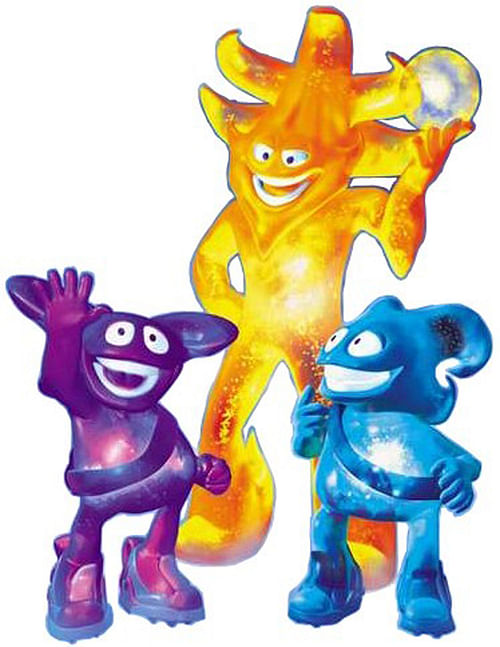
1. World Cup Willie, England ‘66
Getting a song to complement a World Cup mascot is unheard of till date. But the first World Cup mascot of all time left no stone unturned to churn out some brilliant elements in the World Cup, which included this song by the band, The King of Skiffle. Being a lion donning the Union Flag jersey with the words “World Cup” written on it, Willy instilled the excitement that was generated within the ranks of the players and the fans. It was a joy to watch in the stadium. This excitement evolved into some raucous support by the England fans which led the England team, captained by the legendary Sir Bobby Charlton, to their first and their only World Cup triumph. Mascots can be inspiring and Willie proved it. The success of this experiment led to the subsequent World Cup having a mascot of their own.
